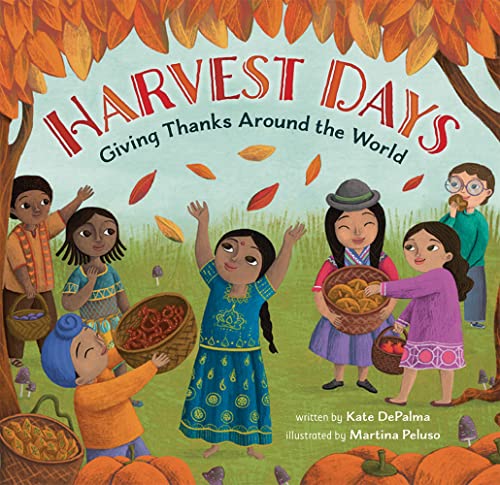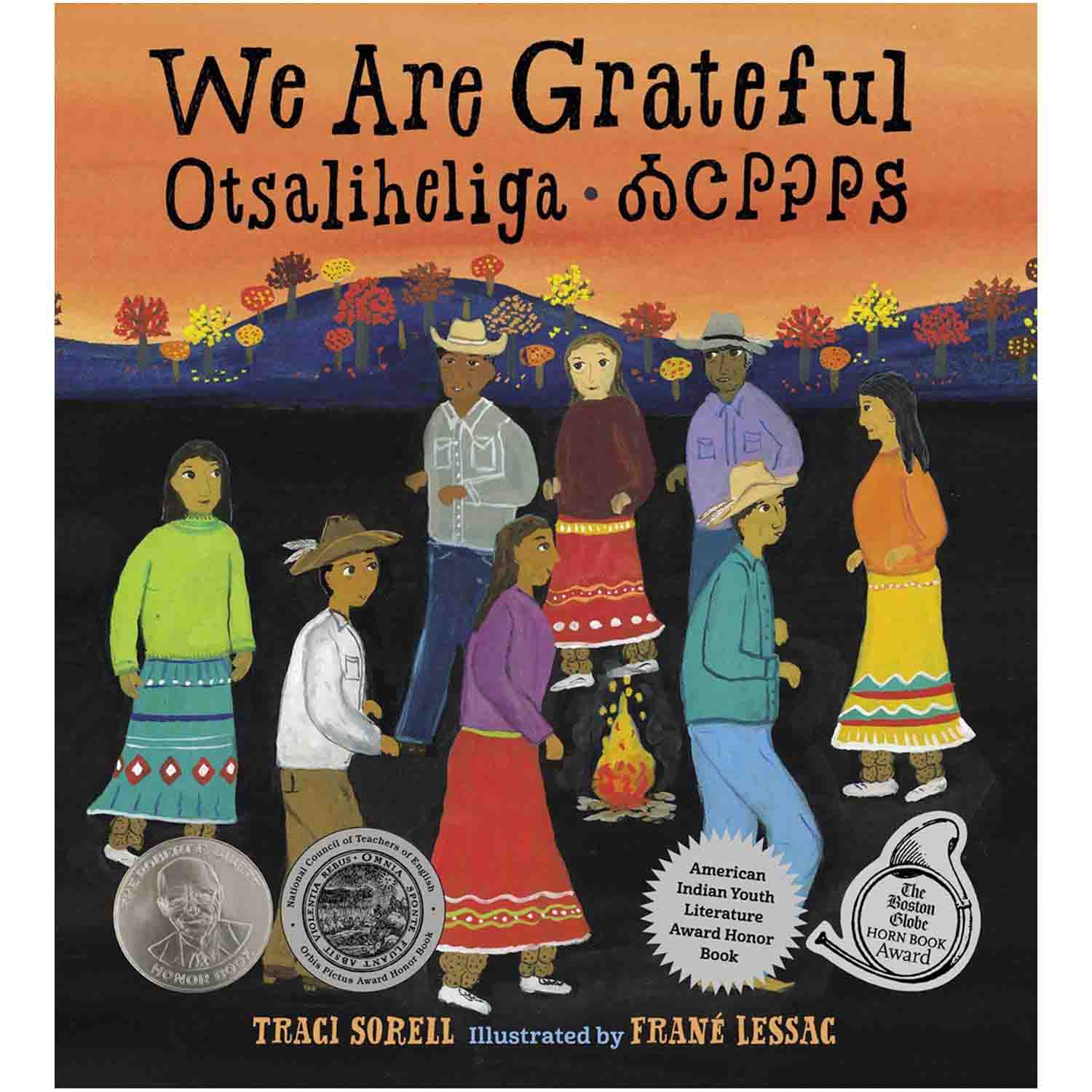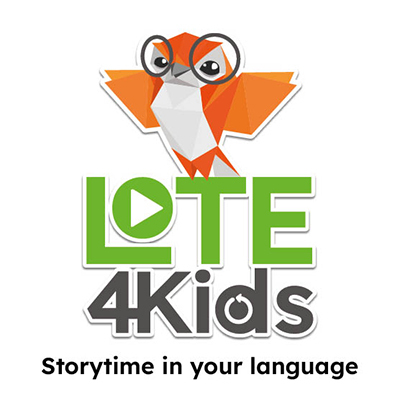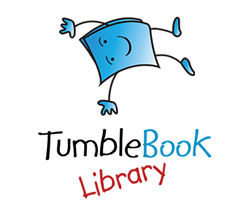Did you know that Thanksgiving was not an official holiday until 1863? In fact, the so-called “first Thanksgiving” wasn’t even the first Thanksgiving feast; both the English and the native Wampanoag had celebrated similar harvest feasts for centuries. Furthermore, the first Thanksgiving table probably did not feature turkey, and they certainly didn’t serve pumpkin pie!
Amidst the handprint turkeys and paper Pilgrim hats, there’s a kernel of truth to be found. But it can be challenging to find historically accurate, well-researched resources on this beloved holiday. Children deserve to learn the real history of Thanksgiving, not just the feel-good myths we’ve long perpetuated.
Before we get down to the business of debunking, it’s important that we honor the original caretakers of the land we now stand on. According to MU libraries, modern-day Missouri lies on the ancestral lands of the Chickasaw nation, the Otoe-Missouria tribe, the Illini tribe, the Osage nation, the Ioway tribe and the Quapaw tribe. Keeping in mind that the story of Thanksgiving can be a painful one for many Indigenous people, I’d like to point to this excellent article on centering Native voices during your Thanksgiving festivities by Alexis Bunten (Aleut/Yup’ik).
With all that being said, let’s explore some of the best Thanksgiving books in our children’s collection — and bust some myths while we’re at it!
MYTH: Everything we know about the first Thanksgiving comes to us from the original Pilgrims.
We can’t forget the value of Native voices in this story! Despite the violence and disease that ravaged the Wampanoag nation after English settlers arrived on their shores, their stories have lived on. Oral storytelling is a vital part of Wampanoag culture, both past and present. Their folklore can give us a window into the lives and cultural values of those who came before, including the tribe’s account of the first Thanksgiving and the role of historical figures like Tisquantum (better known as “Squanto”).
“Keepunumuk: Weeâchumun’s Thanksgiving Story,” written by Indigenous writing trio Danielle Greendeer (Mashpee Wampanoag), Anthony Perry (Chickasaw) and Alexis Bunten (Aleut/Yup’ik). This lyrical, uniquely illustrated picture book recounts the Wampanoag version of the first Thanksgiving through the eyes of Weeâchumun, one of the “Three Sisters” that appear in Native folklore across North America.
MYTH: Native Americans have all but died out in the United States.
Despite centuries of hardship, including violence, disease and forced relocation at the hands of the U.S. government, Indigenous communities and individuals still call this land home! According to the National Museum of the American Indian, approximately 8.75 million Americans identify as Native American or Alaska Native, and the U.S. government currently recognizes 574 tribes. Native life and culture are not so apparent to us here in Missouri, partly because there are no federally recognized tribes or reservations in our state. But in neighboring states like Oklahoma, where many Missouri tribes were forcefully relocated, Indigenous communities are alive and well today.
To learn more about Native traditions and everyday life, check out “We Are Grateful” by Traci Sorell (Cherokee Nation). This story focuses on Sorell’s own Cherokee nation and follows a community as they celebrate the passing of the seasons, finding gratitude in everything.
MYTH: The Pilgrims first landed at the iconic Plymouth Rock in Massachusetts.
There is actually no mention of Plymouth Rock in any primary texts from the 1600s! No one had even heard of it until the elderly Thomas Faunce, the son of an original pilgrim, coined the legend in 1741. During the Revolutionary War, the Massachusetts colonists rallied around the dramatic tale — that is, until the legendary rock fell off a wagon and broke in half! Today, the two pieces have been reunited and returned to Plymouth. If you really want to see the (frankly unimpressive, probably historically insignificant) stone for yourself, you can make the pilgrimage to Plymouth Harbor.
Uncover even more about the Pilgrims, the Wampanoag and the first Thanksgiving in “History Smashers: The Mayflower” by Kate Messner. This nonfiction chapter book is as witty as it is well-researched. Middle graders are sure to gobble up the entire History Smashers series!
MYTH: Abraham Lincoln established Thanksgiving as a national holiday. 
There’s so much more to this story! It’s true that we have President Lincoln to thank for proclaiming Thanksgiving as an official American holiday. But he had more than a little help from a woman named Sarah Joseph Hale. Since the earliest days of our country, different communities and families held Thanksgiving celebrations on different days throughout the year, and their traditions didn’t always look the same. Hale felt strongly that all Americans should celebrate Thanksgiving at the same time and in similar ways. She spent years petitioning lawmakers and writing about the holiday in books and magazines until Lincoln finally heard her request. The rest, as they say, is history!
For the full story, check out “Giving Thanks: How Thanksgiving Became a National Holiday” by Denise Kiernan. With warm illustrations and sweet prose appropriate for even the littlest historians, author Kiernan recognizes a little-known holiday hero and celebrates the variety of ways Americans choose to give thanks.
MYTH: Thanksgiving is a uniquely American holiday.
Americans have certainly developed their own unique traditions. Case in point: I think you’d be hard-pressed to find other people who so heartily enjoy the weirdness of green bean casserole! But harvest celebrations are actually common across many different cultures. Around the world and throughout the year, people come together with friends and family to give thanks for the fruits of the season. In South Korea, for example, Chuseok brings families together to honor beloved ancestors and enjoy the rice harvest. Meanwhile, in southern India, Hindus celebrate Pongal and treat their hard-working farm animals to a day of pampering. One of my personal favorite harvest traditions takes place in Ghana, in which the Ga people literally “hoot at hunger” — laughing, drumming and noise-making to celebrate another year of plenty!
I absolutely love books that let me travel from the comfort of home, and “Harvest Days: Giving Thanks Around the World” by Kate DePalma does just that! Creative rhymes and brightly detailed illustrations transport young readers across every continent. This book would be great fun to share in the lull after your Thanksgiving feast — preferably before the food coma sets in!
Hungry for more? Check out our “Busting Thanksgiving Myths” book list!






